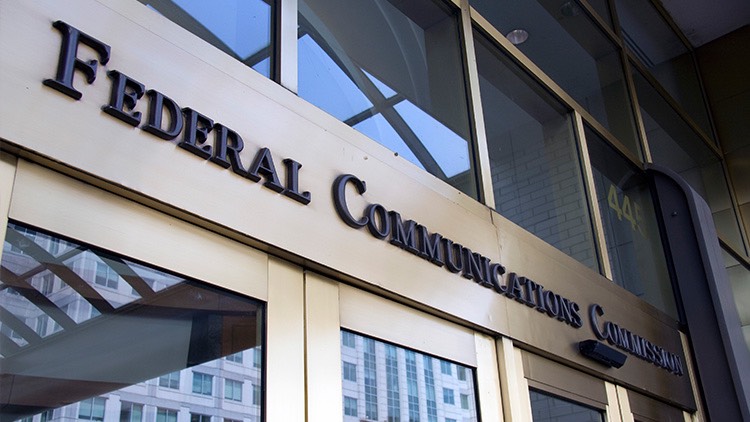FCC Expands Video Description Mandate

The FCC has voted to expand video description for the blind and visually impaired but will not increase the number of nets that applies to.
The vote on the item had been scheduled for theJuly 13public meeting but was voted early, and the report and order is now in the books—or will be when the decision is published in the Federal Register.
The vote was unanimous.
As of July 2018, broadcasters and MVPDs must provide 87.5 hours of described programming per year, up from the current 50 hours.
That is so long as they carry at least one of the top nine networks to which the mandates applies—ABC, CBS, Fox, NBC, Disney Channel, History, TBS, TNT and USA (though the top five nonbroadcast nets will be subject to change if the rankings change by then).
One change is that while the current requirement is that the described hours have to be primetime, the new requirement allows them to be anytime between6 a.m. and midnight.
The FCC in March 2016 approved a notice of proposed rulemaking that expanded the number of hours required to be video described by the top five cable nets and top four broadcast nets from 50 to 87.5 hours per year, or a 75% increase, which is the maximum the statute allowed the FCC to bump it up at this time.
Broadcasting & Cable Newsletter
The smarter way to stay on top of broadcasting and cable industry. Sign up below
Under the rules, video description is only required of the top five nonbroadcast networks and the top four broadcast nets. But the item had tentatively concluded that the requirement should be extended to the top 10 nonbroadcast networks, as well as the fifth largest broadcast network. Pai had dissented in part from the item, saying the FCC was not authorized to expand to 10 cable nets or five broadcast nets because that would be a much larger increase than the 75% increase in programming for the top five and four nets the law allows.
"Independent of today’s action, broadcast and cable networks have an opportunity to voluntarily do more than what is required," said Democratic commissioner Mignon Clyburn in her statement. "PBS is a shining example of a non-covered network that has proven to be a leader in providing video described programming to its viewers," said Democratic commissioner Mignon Clyburn. "A few of the commercial networks have also exceeded the amount of video description required by our rules. I would encourage other networks with the means to do so, to follow their lead. Actions like these represent one more step toward being a more inclusive society."
Contributing editor John Eggerton has been an editor and/or writer on media regulation, legislation and policy for over four decades, including covering the FCC, FTC, Congress, the major media trade associations, and the federal courts. In addition to Multichannel News and Broadcasting + Cable, his work has appeared in Radio World, TV Technology, TV Fax, This Week in Consumer Electronics, Variety and the Encyclopedia Britannica.

